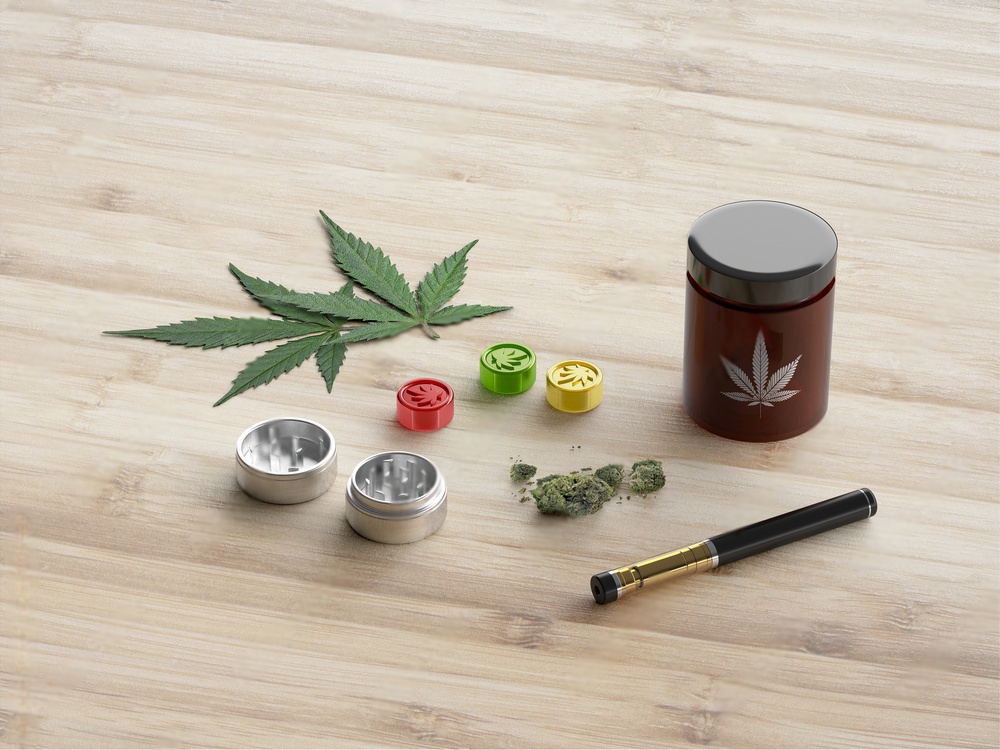With cannabis becoming legal in more states, packaging safety is now required. This is because of the increase in incidents of children accidentally ingesting cannabis. In response to this, there’s also been a rise in the use of child-resistant packaging by cannabis brands.
In this article, we expound on the history of child-resistant custom cannabis packaging. We also explore how child-resistant custom cannabis packaging has evolved.
Origins of Child-Resistant Packaging
In 1970, the United States made child-resistant packaging compulsory. The Poison Prevention Packaging Act states that certain household substances must be packaged in protective containers. This includes medications and chemicals. These containers must also be significantly challenging for young children to open.
This law led to the introduction of unique locking mechanisms in cannabis packaging. These mechanisms prevent kids from accessing the product while providing easy access to adults.
Evolution of Child-Resistant Innovations
Different regions and countries have varying regulations regarding child-resistant packaging for cannabis products. As a cannabis company, it’s essential to know these packaging rules. Otherwise, you might need help to adequately enter new markets.
To make sure kids can’t open it, a custom cannabis package has certain safety features. Some of the child-resistant innovations shared by different regions are:
- Push-and-Turn Mechanisms
Push and turn mechanisms are one of the early modifications for child-resistant packaging. Kids have difficulty opening them, but grown-ups could quickly get to the stuff.
- Squeeze and Pull/Press and Twist
The squeeze and pull/ press and twist are practical child-resistant innovations. These lock mechanisms prove difficult for kids to unlock but easy for adults to access.
- Blister Packs and Pouches
Cannabis-infused products are often packaged in blister packs or pouches. These designs present an additional layer of protection against accidental ingestion by children. Examples of cannabis-infused products are tablets, capsules, or gummies.
- Creative Container Structures
Examples of creative container structures are stash jars and lockable boxes. Opening these containers requires specific motions or codes. As a result, they provide a high level of child resistance.
- Smart Packaging
Technological advancements have introduced smart packaging solutions. Particular packaging may have sensors or electronic locks that need specific actions or codes to open. This provides excellent safety measures.
Challenges and Future Prospects for Child-Resistant Custom Cannabis Packaging
Implementing child-resistant packaging poses specific challenges. This includes increased production costs and the need for continuous innovation. As such, cannabis brands must stay ahead of the ever-changing safety standards.
Also, they’ll need to balance child-resistant features with environmental sustainability. This consequently calls for the exploration of eco-friendly materials and designs. However, these materials and designs shouldn’t compromise safety.
Conclusion
Child-resistant packaging has grown significantly. Today, various solutions range from easy push-and-turn lids to smart packaging solutions. Learning and implementing these developments help reduce cases of wrongful ingestion. It also shows that a brand considers the public when designing its custom cannabis packaging. This subsequently creates a positive image of a brand and positively impacts sales.
